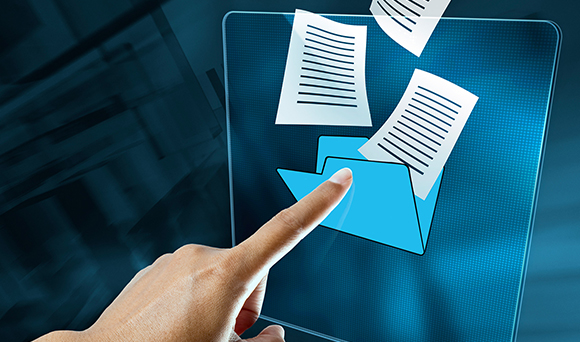 English
English


gas chromatography mass spectrometry procedure
Understanding Gas Chromatography-Mass Spectrometry (GC-MS) Procedure
Gas Chromatography-Mass Spectrometry (GC-MS) is a powerful analytical technique that combines the separation capabilities of gas chromatography with the identification and quantification capabilities of mass spectrometry. This method is widely used in various fields, including environmental analysis, pharmaceuticals, forensics, and food safety, due to its sensitivity and specificity. This article aims to elucidate the GC-MS procedure, highlighting its significance and applications while detailing the steps involved.
Introduction to GC-MS
Gas chromatography (GC) is a technique that separates volatile compounds based on their different affinities to a stationary phase and their volatility in a mobile phase (in this case, an inert gas). Once the components are separated, they are introduced into a mass spectrometer, which provides information about their mass-to-charge ratio (m/z) and structural details. The combination of these two powerful techniques allows for the detailed analysis of complex mixtures.
Components of GC-MS
The GC-MS system comprises two primary components
1. Gas Chromatograph This instrument utilizes a column where the sample mixture is vaporized and passed through an inert gas (usually helium or nitrogen). The temperature of the column is carefully controlled to facilitate the separation of components based on their boiling points and affinity to the stationary phase.
2. Mass Spectrometer Once separated, the compounds exit the GC and are ionized by the mass spectrometer. This instrument then measures the mass-to-charge ratio of the ions, generating a mass spectrum that is unique to each compound.
The GC-MS Procedure
The GC-MS analysis can be divided into several distinct steps
1. Sample Preparation The first step involves preparing the sample. This may include dilution, extraction, or concentration, depending on the nature of the sample and the target compounds. Proper sample preparation is crucial as it impacts the results' accuracy and reliability.
2. Injection Once prepared, the sample is injected into the gas chromatograph. The injection may be manual or automated, using a syringe or an autosampler. A precise volume is injected to ensure consistent results.
gas chromatography mass spectrometry procedure

3. Separation in Gas Chromatography The sample is vaporized and carried through the chromatographic column by the inert gas. As the sample travels through the column, the different components interact with the stationary phase. Those with lower boiling points will elute faster while heavier compounds will take longer, resulting in separation.
4. Ionization in Mass Spectrometry After leaving the chromatographic column, the separated compounds enter the mass spectrometer. Here, they are ionized using one of several methods, such as electron impact (EI) or chemical ionization (CI). The ionized fragments are then accelerated into a mass analyzer.
5. Mass Analysis The mass analyzer sorts these ions based on their mass-to-charge ratio (m/z) and detects them, generating a mass spectrum for each component. The mass spectrum displays the relative abundance of ionized fragments, revealing structural information about the molecules.
6. Data Interpretation The final step involves interpreting the generated mass spectra. By comparing the obtained spectra with known standards or databases, analysts can identify and quantify the compounds in the original sample.
Applications of GC-MS
GC-MS is a versatile method with numerous applications
- Environmental Analysis It is widely used for detecting pollutants and contaminants in air, water, and soil samples, allowing for effective environmental monitoring.
- Pharmaceutical Industry GC-MS helps in the identification of drug metabolites, ensuring quality control in pharmaceuticals and aiding in drug development.
- Forensic Science This technique is crucial in forensic investigations for analyzing biological samples (blood, urine) to detect drugs and toxins.
- Food Safety GC-MS is employed to analyze food products for contaminants such as pesticides, toxins, and adulterants, thus ensuring food safety.
Conclusion
In conclusion, the GC-MS procedure is an invaluable tool in analytical chemistry. Its ability to separate, identify, and quantify compounds with high sensitivity makes it indispensable across various scientific disciplines. As technology advances, GC-MS continues to evolve, enhancing its capabilities and expanding its applications, ensuring it remains at the forefront of analytical techniques. Understanding the GC-MS process is crucial for researchers, analysts, and students as they navigate the complexities of chemical analysis in today's world.
-
Differences between open cup flash point tester and closed cup flash point testerNewsOct.31,2024
-
The Reliable Load Tap ChangerNewsOct.23,2024
-
The Essential Guide to Hipot TestersNewsOct.23,2024
-
The Digital Insulation TesterNewsOct.23,2024
-
The Best Earth Loop Impedance Tester for SaleNewsOct.23,2024
-
Tan Delta Tester--The Essential Tool for Electrical Insulation TestingNewsOct.23,2024





